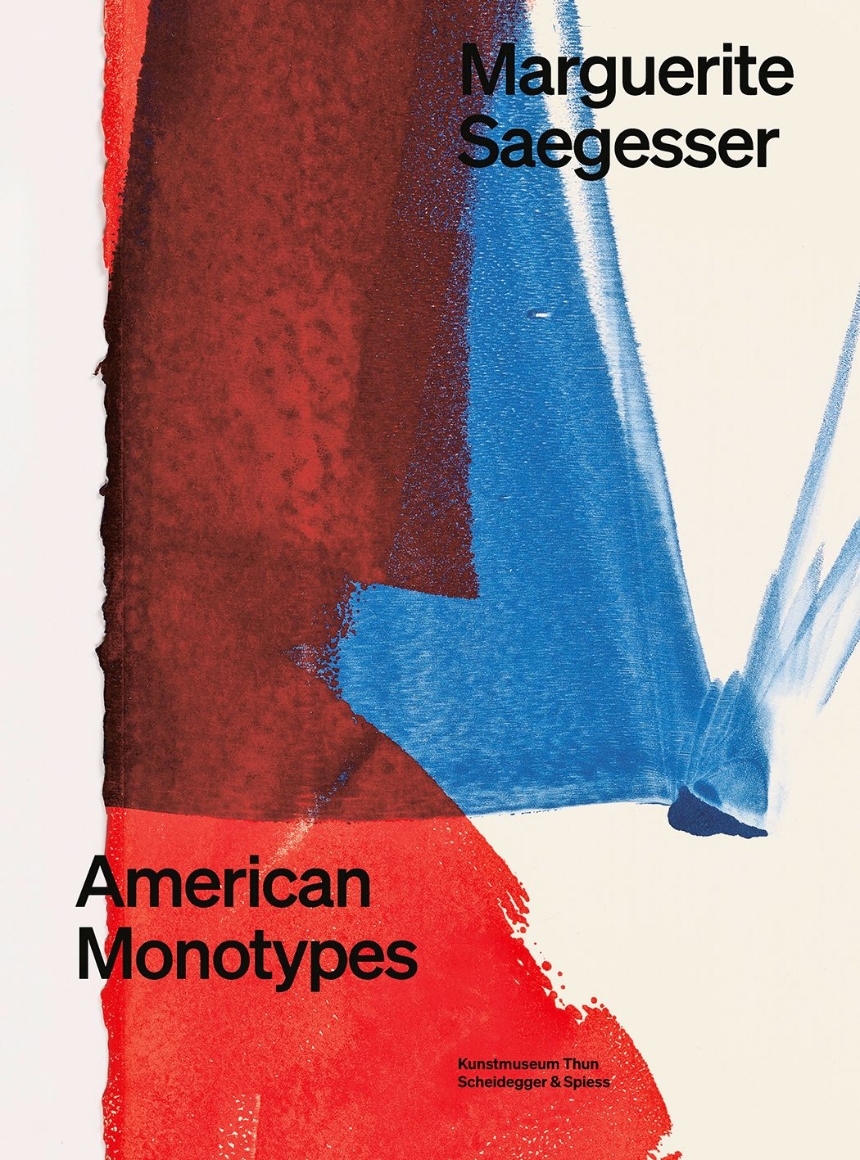This book contextualizes artist Marguerite Saegesser’s use of the monotype within the San Francisco art scene of the 1970s.
Marguerite Saegesser (1922–2011) achieved fame in the United States, her adopted country for many years, where her prints and paintings were repeatedly shown in group and solo exhibitions in California and New York over a period of two decades. In her native Switzerland, however, the artist and her multifaceted oeuvre are yet to be discovered.
This book fills this gap, featuring Saegesser’s art with a special focus on the monotype, a printing technique developed in the 17th century. It also demonstrates how Saegesser, who initially studied sculpture in Lausanne, found her artistic destiny in the US. Key to her evolution was San Francisco’s lively art scene of the late 1970s, and, in particular, the painter Sam Francis. Francis was an outstanding representative of action painting and abstract expressionism who became her friend and precursor. His fascination with the monotype quickly transferred to Saegesser, who soon achieved mastery in it and made a significant contribution to the revival of this historic technique.
Marguerite Saegesser (1922–2011) achieved fame in the United States, her adopted country for many years, where her prints and paintings were repeatedly shown in group and solo exhibitions in California and New York over a period of two decades. In her native Switzerland, however, the artist and her multifaceted oeuvre are yet to be discovered.
This book fills this gap, featuring Saegesser’s art with a special focus on the monotype, a printing technique developed in the 17th century. It also demonstrates how Saegesser, who initially studied sculpture in Lausanne, found her artistic destiny in the US. Key to her evolution was San Francisco’s lively art scene of the late 1970s, and, in particular, the painter Sam Francis. Francis was an outstanding representative of action painting and abstract expressionism who became her friend and precursor. His fascination with the monotype quickly transferred to Saegesser, who soon achieved mastery in it and made a significant contribution to the revival of this historic technique.

